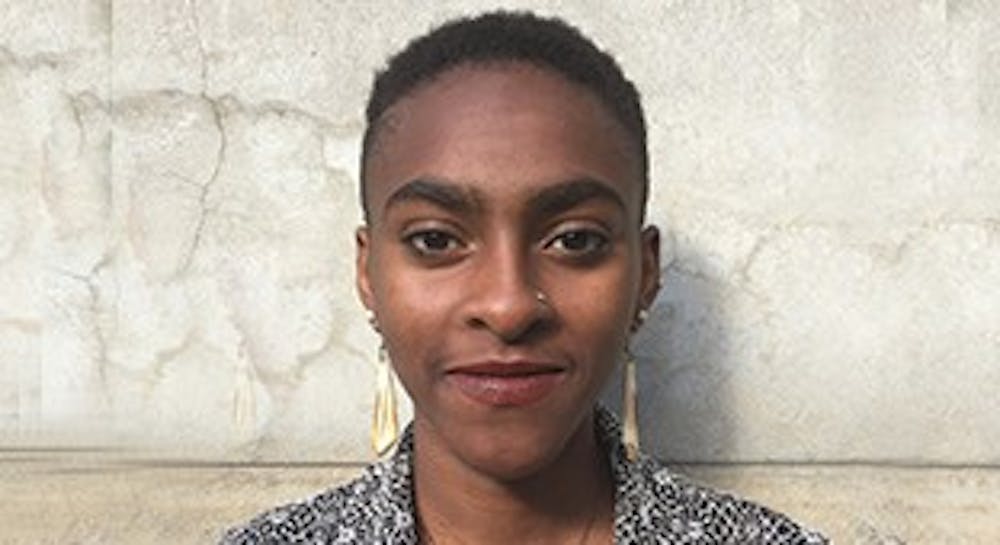Mainstream conceptions of Blackness are stuck on categorizing what and who is “real”— what legitimate Black is and ain’t. The exterior performed self is in contest with snapbacks, Black vernacular, baggy pants and the stuff reality shows and music videos are made of. Lack of “realness” is checked on elementary recess courts, labeled “not Black enough” or “you’re not Black like the other ones.”
But this begs the question, if the anti-Black mainstream is obsessed with constructing images of “real” Blackness, what then is possible in the Black surreal?
Elizabeth Alexander’s “The Black Interior” poses this question. The Black interior is both a literal space of living — auntie’s plastic-covered living room love seat — and metaphorical spaces of building — the talisman we wrap our hair with, the homies we Pit sit with, the beats we make late at night. It is in this unconscious dream space that we become, we create, we are real.
Alexander says, “we are too often prisoners of the real, trapped in fantasies of ‘Negro authenticity’ that dictate the only way we truly exist for a mainstream audience is in their fantasies of our authentic-ness...”
As diasporic bodies reduced to flesh, with complexity mutated to fixed points, orphanhood — statelessness, dispossession, displacement — are native to our being. As orphans, we cling to the biological and largely non-biological families we create. We understand the family — a kind of Black interior — to be the first unit of knowledge production and self-imagining. But mainstream imaginary erases native senses of knowing, feeling and imagining.
Building a Black interior is working toward a self that understands that all the tools and resources necessary to reclaim, create, become and imagine are already within us. Not the constructed propagandized “real” pre-determined to stunt your imagination, but the inherently disruptive dreams of an orphan who has nothing but the things they create.
Black creatives from Octavia Butler to Nina Simone have been urging us to not just work toward a better tomorrow, but to begin living in the future, as if our freedom has already come. This is the language of revolution — existing outside a social imaginary sustained in our opposition.
Ntozake Shange, the author of “For Colored Girls Who Have Considered Suicide When the Rainbow is Enuf” (of which an upcoming interpretation is occurring at Bingham 203 April 15th and 16th at 6 p.m.), wrote:



